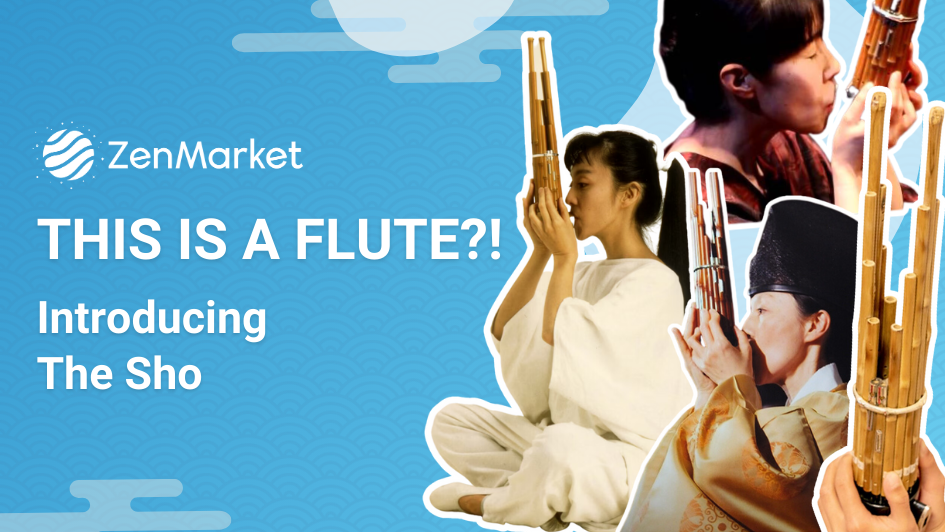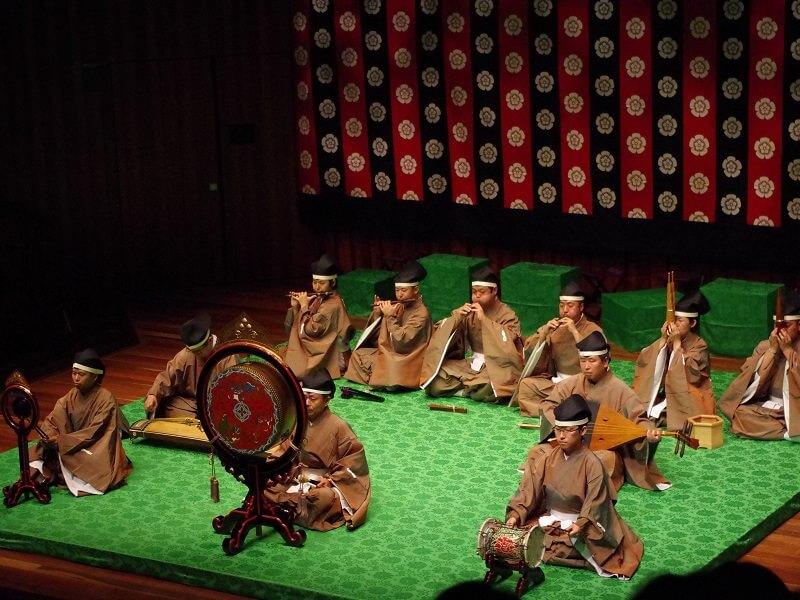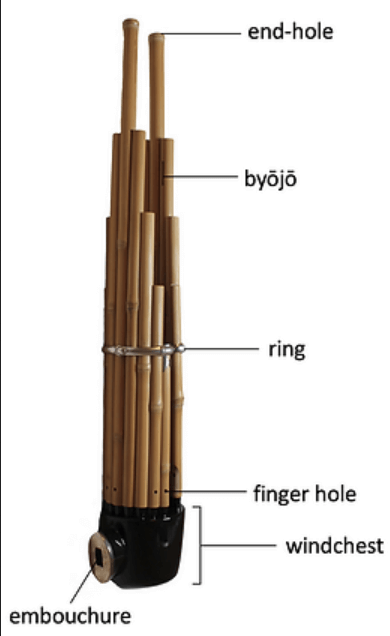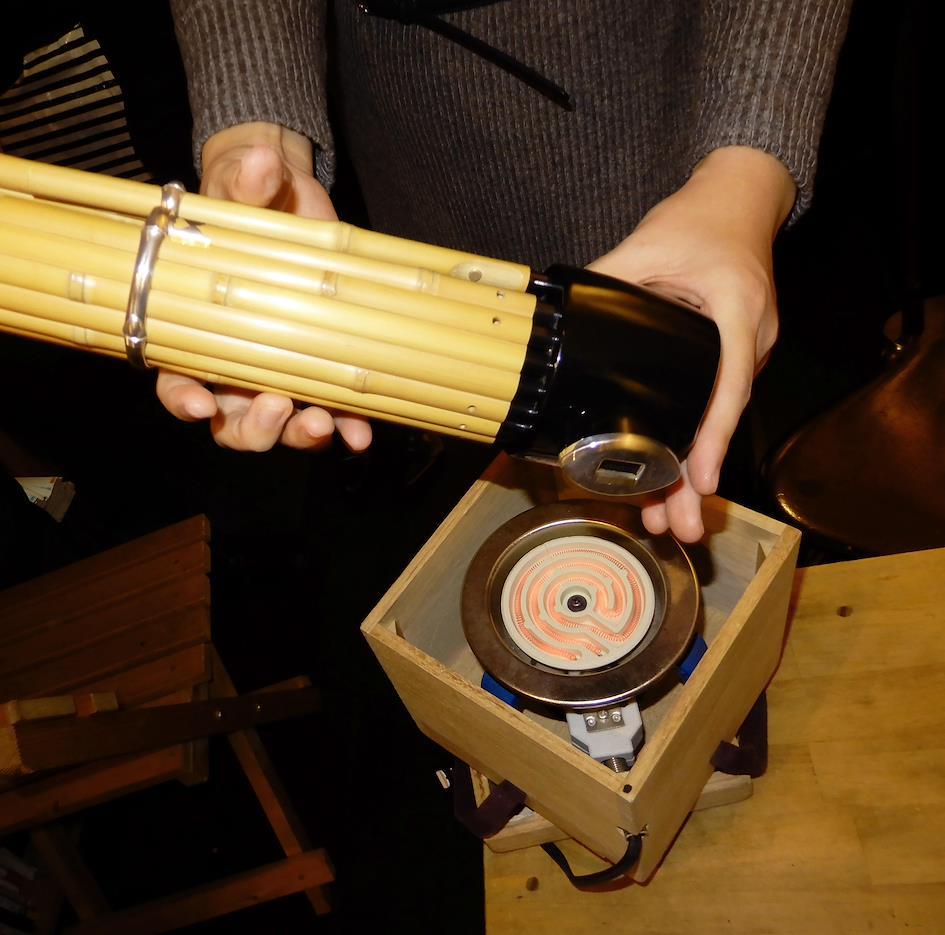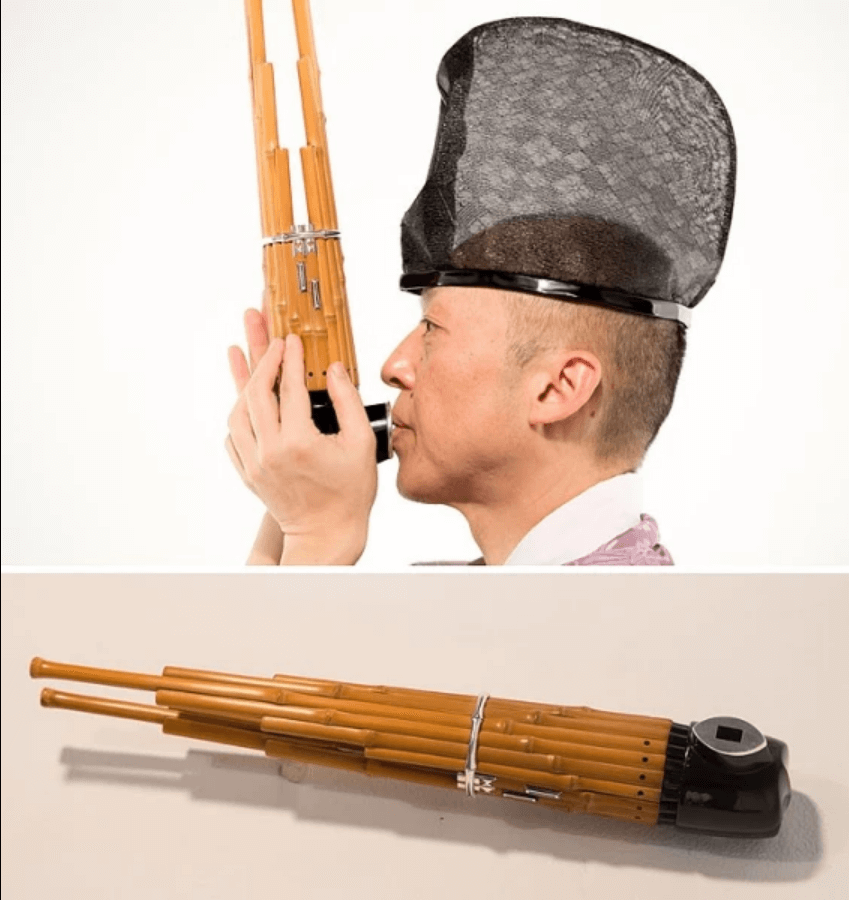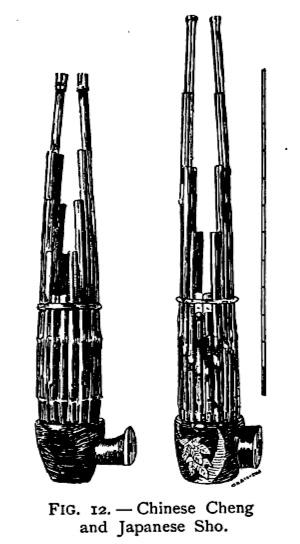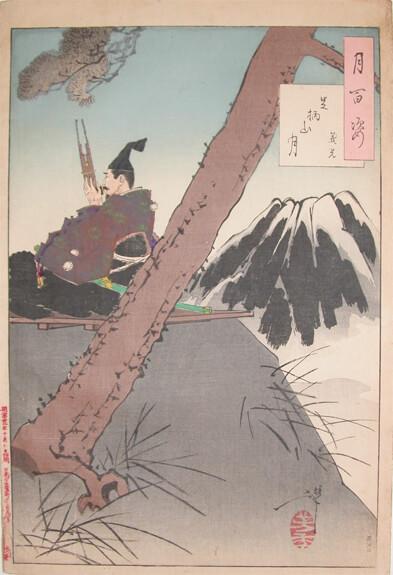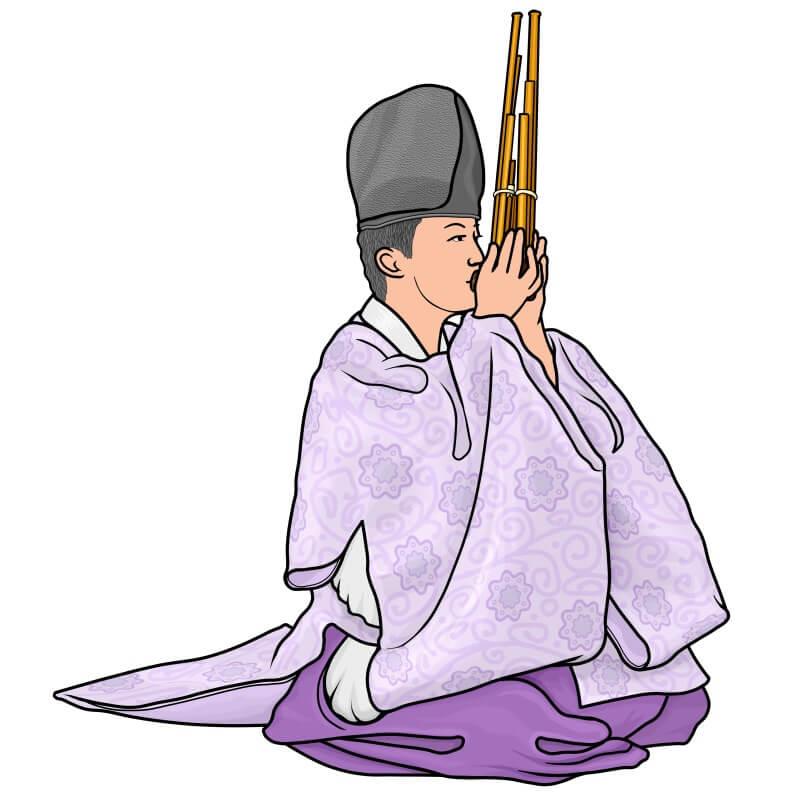[ad_1]
Japan has many traditional instruments that have been present in the country for centuries. These include string instruments, such as the Shamisen, percussion instruments, such as the Taiko, and wind instruments, such as the Shō. These instruments represent Japan’s unique culture and continue to help carve its identity in the modern world.
This article’s main focus is the Japanese wind instrument, the Shō. Like many of Japan’s traditional instruments, the Shō has Chinese origins. Since its introduction in Japan, the Shō has become a popular instrument primarily used in Gagaku, Japanese classical music that was historically used for imperial court music and dances.
But what’s interesting about the Shō is that it became famous outside Japan. Foreigners from different countries have visited Japan to study the Shō. Many famous Western composers have also utilized the Shō in their works.
In this article, we will be learning various interesting things about the Shō. We will explore its construction, how it sounds, and how it is played.
We will also learn about its origins and how the Japanese shaped it for their unique music. And, of course, we will learn how the Shō is used in today’s modern world.
What is a Shō (笙)?
The Shō is a Japanese Free Reed Aerophone and is one of the primary wind instruments used in Gagaku, the Japanese imperial court music. It is constructed with seventeen bamboo pipes. Among these seventeen pipes, only fifteen produce sound.
These bamboo pipes are attached to a wooden and metal chassis called the “Fukube”. And on a Fukube is the mouthpiece of the Shō. Each of the fifteen pipes has metal ends/metal reeds called “Shita”. These metal reeds are tuned using beeswax and resin.
The Shō is played by blowing into the mouthpiece. Covering the holes of the Shō allows the player to play different notes. The Shō produces sound when air flows through the vibrating reed in its frame.
Also Read: How To Order Musical Equipment From Japan
Despite not producing sound, researchers suggest that the Shō’s two extra bamboo pipes were kept to maintain the Shō’s symmetrical shape. They also suggest that with the two extra bamboo pipes, the Shō resembles the figure of a phoenix. In addition to its aesthetics, the Japanese believe that the Shō’s iconic sound closely resembles the call of the “Houou” or phoenix.
Shō players usually warm the instrument over a charcoal brazier or electrical burner before a performance to eliminate moisture. Moisture accumulated in the Shō’s pipes from the player’s breath prevents the Shō from producing sound.
Ensembles, such as the Jūnion-kai (十二音会) and Ono Gagaku-kai (小野雅楽会), typically rely on hibachi charcoal heaters. Other ensembles use electrical heaters.
Buy Musical Instruments From Japan!
One unique feature of the Shō is that it produces sound both when the player inhales and exhales. This feature allows the Shō to achieve different sounds. The Shō can also sustain notes without interruption.
There is a larger version of the Shō called the “u”. This instrument was derived from the Chinese instrument “Yu”. Compared to the traditional Shō, the U isn’t as popular. However, Japanese performers and musicians like Hiromi Yoshida and Ko Ishikawa began reviving and popularizing the U during the 20th century.
Another variant of the Shō was the special version used by the Japanese musician Mayumi Miyata. Miyata’s version of the Shō replaces the two extra bamboo pipes with two fully functioning pipes. With these two additional pipes, Miyata’s Shō achieves a wider range of sounds, further unlocking the instrument’s full potential.
History of the Shō
Similar to most traditional Japanese instruments, the Shō originally came from China. Researchers and historians believe the Shō descended from the Chinese instrument “Sheng” that existed during the Tang Dynasty’s rule in China.
The Shō made its way to Japan during the Nara Period (AD 710 to 794). Some sources state that the Tang Dynasty sent the Sheng to Japan to civilize the Japanese.
Also Read: ALL ABOUT TRADITIONAL JAPANESE INSTRUMENTS
The Shō that exists today is almost identical to the Chinese Sheng. The main difference between the two instruments is that the Shō is smaller.
Unlike other traditional Japanese instruments still used today, the Shō hasn’t evolved or changed much in the past 1000 years. Only during the 20th century did the Shō receive modifications and start appealing to a wider audience.
In 1983, Japanese musician Mayumi Miyata started performing with the Shō, which was the first time the Shō was used as a solo instrument in contemporary music.
Also Read: Shamisen – The Traditional Japanese Banjo
In addition to Miyata’s work, many Japanese musicians also started using the Shō for solo compositions and other traditional and modern Japanese musical instruments. These musicians include Maki Ishii, Joji Yuasa, Toshi Ichiyanagi, Takashi Yoshimatsu, Jo Kondo, Toshio Hosokawa, Toru Takemitsu, and Minoru Miki.
In addition to Japanese musicians and composers, the Shō has been used in Western music, movies, and plays by Western composers. American composer John Cage made several pieces for Mayumi Miyata after meeting her at the Darmstadt Summer Course in 1990.
The Shō also received global recognition thanks to German musician Stephan Micus and Icelandic singer-songwriter Björk. Stephen Micus used the Shō in his studio albums, which include Implosions, Life, and Ocean.
Also Read: Koto – The Sound of Traditional Japanese Courts
Björk, on the other hand, utilized the Shō as the primary instrument for the three songs performed by Mayumi Miyata for the soundtrack of the film “Drawing Restraint 9”. Mayumi Miyata is also featured in the film.
Aside from these, the Shō has also been featured in a number of different Western works. Composer Vache Sharafyan has used the Shō for his work titled “My Lofty Moon,” performed by the Atlas Ensemble at the Muziekgebouw aan ‘t IJ concert hall in Amsterdam in 2007. In addition, Japanese engineer Koichi Wakata played the Shō at the International Space Station.
Today, many Japanese residents associate the sound of the Shō with the Japanese New Year. During this occasion, Shinto Shrines play Gagaku songs. The Shō was also played by Mayumi Miyata during the 1988 Nagano Olympics Opening Ceremony.
Lastly, like many Japanese traditional instruments, the Shō has been made available to composers around the world through digital platforms. Japanese software developer Sonica Instruments have developed the SHO Kontakt library featuring digital audio samples of the Shō.
Also Read: HOW TO BUY FROM WAGAKKIICHIBA
[ad_2]
Source link

